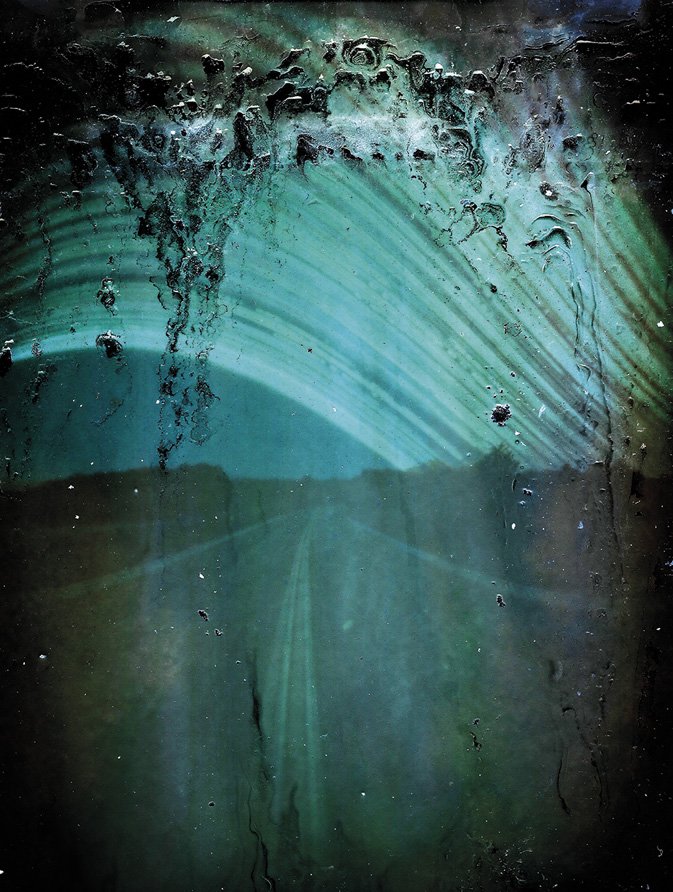The Sunscreens

Alejo Moreno Sainz is a graphic designer. For design purposes, I used to walk around several times trying to find the effects of old photos. At one point, he thought it might be a good idea to use an ancient instrument to achieve this result. This is how he came across stenopeic photography. And it was in this world that he discovered the solarigraphy, a technique co-invented by the Sorbian photographer Diego López Calvín (Spain) with the Poles Slawomir Decy and Pawel Kula.
It consists of collecting the path of the Sun in the sky (ecliptic) through long-exposure photographs. Alejo calls them sunscreens. “The technique is very simple, it’s using a dark camera,” he says. Use soft drink containers with a 0.2 mm hole and cover the inside with photo paper.
To collect the Sun’s trajectory, it is important to look towards the side that the Sun gives (in our case, towards the south). “Then the Sun rises, the light enters through the hole, and as the Sun moves in the sky, the paper burns. And at the same time there are trees, houses or even what is in front of them”, explains Alejo.
It usually carries out exposures of six months, from solstice to solstice, thus capturing them from the lowest arc of the Sun (in winter) to the highest (in summer), or vice versa.
Depending on the point on the ground, the sunscreens are different. At the moment, Alejo has taken them all out in the Basque Country. You have to think carefully about where to put it so that no one or nothing touches it for six months. “It’s happened to me that I disappear, and it’s a huge disappointment,” says Alejo. And, despite having such simple devices, it can also create suspicions. “There was a time when it was on the news that there was a camera like this in Baltimore, USA, and that agents specialized in the deactivation of explosives had gone.”
Buletina
Bidali zure helbide elektronikoa eta jaso asteroko buletina zure sarrera-ontzian











